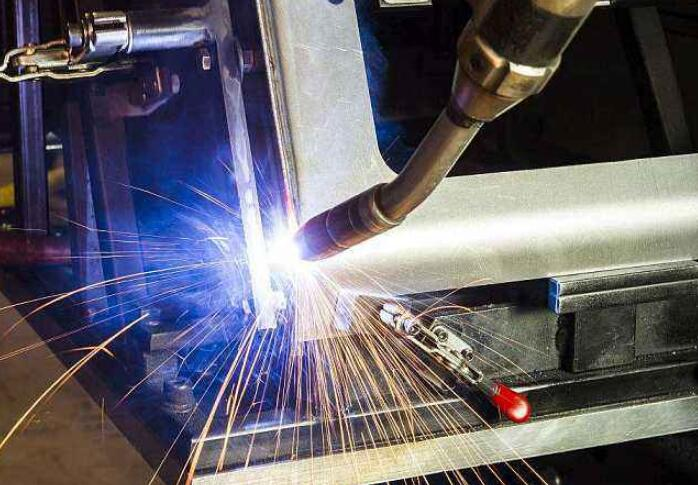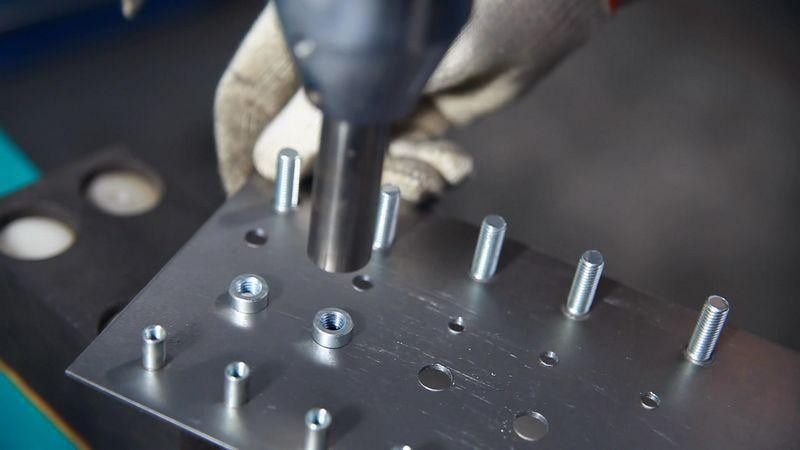Welding is equivalent to turning two separated parts into a whole, melting the metal at high temperature, mixing it together and then cooling it. The alloy will be added in the middle, and the molecular force will act inside. The strength is generally greater than that of the parent body.
Riveting nuts are generally used for thin-walled plates and are embedded by pressure. The contact surface is contact stress. That is to say, the strength depends on the connector and the parent body. The nut is subject to shear stress, so if the strength of the nut is not enough, it will be sheared, and if the strength of the parent body is not enough, it will be plastic collapse deformation and failure.
Both have their advantages and disadvantages:
Such as welding, which has relatively large strength, wide range of use, and can be thin and thick. However, high temperature will cause deformation of the connected parts and cannot be removed. Moreover, some active metals cannot be welded by normal methods, such as aluminum, magnesium, etc., which require shielding gas or argon arc welding, which requires processing technology and accuracy.
The riveting nut is simple to install, can be removed, and easy to install and transport, It is applicable to almost any metal that can be punched, but its application range is narrow, and it can only be used for thin-walled plate or sheet metal connection.
Post time: Feb-15-2023



